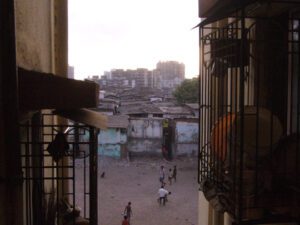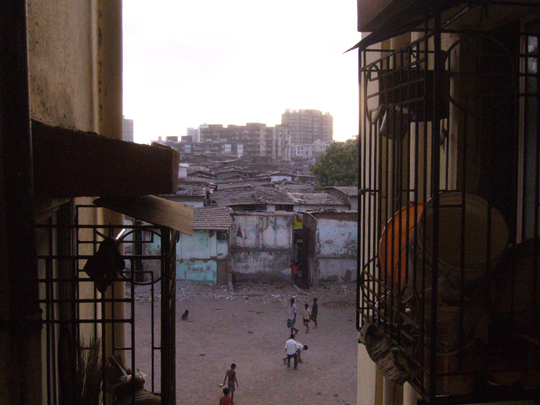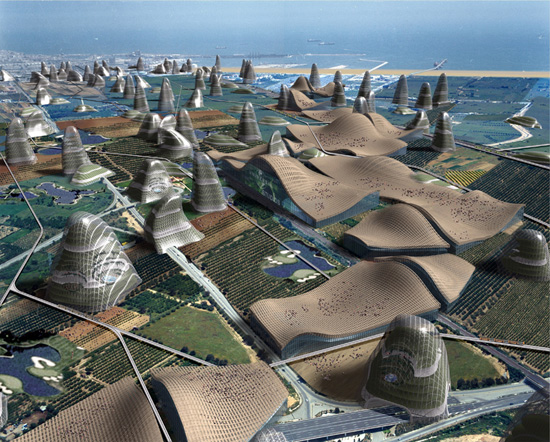Exploring the Heart of Mumbai’s Dharavi Through the Lens of “Shantaram”
Capturing the essence of the bustling slum portrayed in Gregory David Roberts’ partially autobiographical novel “Shantaram,” the upcoming movie adaptation starring Johnny Depp has brought Dharavi, Mumbai, into the global spotlight. However, the intriguing narrative takes a turn as a documentary, “Dharavi: Slum for Sale,” delves into the ongoing saga surrounding the contested redevelopment of this unique informal settlement.
From the insightful blog [polis], the documentary directed by Lutz Konermann offers an unprecedented look into the complexities of Dharavi’s evolution, juxtaposed against the relentless push for redevelopment. The film skillfully navigates the dichotomy between the aspirations for capital generation and the intricate tapestry of livelihoods and industries thriving within this heartland of Mumbai.

Navigating the Gray Areas: Dharavi’s Redevelopment Project (DRP)
The documentary skillfully illustrates the disconnect between the ambitious Dharavi Redevelopment Project (DRP) led by US-trained developer Mukesh Mehta and the ground reality in Dharavi. Instead of succumbing to simplistic binary narratives of top-down versus bottom-up ideologies, the film shines in depicting the shades of gray. Businessman and CEO Cyrus Guzde offer nuanced critiques, proposing an unconventional perspective by considering Dharavi as an “unauthorized, unlicensed industrial estate” rather than a monolithic residential slum.
As the DRP faces opposition, including grassroots resistance led by Jockin Arputham, founder of the National Slum Dwellers Federation (NSDF), the documentary highlights the unique influence socially engaged businessmen like Mr. Guzde can wield in shaping the government’s final actions and agenda.
Humanizing the Narrative: Rais Khan’s Struggle
Amidst the pointed debates and critiques, the film weaves an emotional narrative by following the life of tailor Rais Khan and his two children. Through their lens, the tangible impact of redevelopment becomes evident. As a renter facing eviction due to rising rents prompted by impending proposals, Khan struggles to house his family in a small shop, while he is forced to sleep on a cart in the street.
Despite Dharavi being initially labeled a “playground for ambitious urban planners,” the documentary shifts the focus from grand rhetoric to the everyday struggles, triumphs, and inherent knowledge of Dharavi’s citizens. Residents, like the fifth-generation member of the potters’ community (Kumbharwada), assert their role in building Dharavi, challenging planners to abandon a one-dimensional view and embrace the responsibility of imagining a socially just and anthropocentric development process.
Conclusion:
A Plea for Responsible Development
As “Dharavi: Slum for Sale” unfolds, it becomes a poignant platform for Dharavi’s residents, urging urban planners to discard the notion of Dharavi as a mere playground for professional aspirations. Instead, the documentary advocates for embracing the challenge of envisioning a development process that questions traditional outcomes in favor of a socially just and people-centric approach. In the juxtaposition of dreams and struggles, Dharavi emerges not just as a setting for a movie but as a living, breathing testament to the resilience and aspirations of its people.
Credits: First image from Andrew Wade. Second image from Mike Chan. Third image from Xiaolu Li. Trailer of ‘Dharavi: Slum for Sale’ from YouTube. Posted by Andrew Wade





